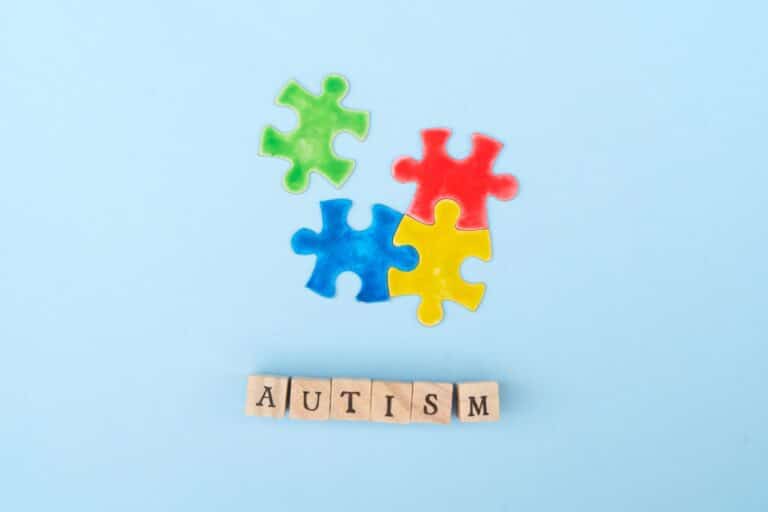What herb do you know of that can reduce fatigue and stimulate the mind, act as a pain killer, and offer sedative effects to a user? This same plant has also been used to treat some forms of drug addiction.
It’s these uniquely disparate effects of kratom that make it a growing drug of interest in America.
Being a naturally occurring product, many have made use of its novel compounds to self-medicate. Health industries as well as the medical field have also touted its benefits.
What should we know about this plant? Is kratom addiction a real issue? What are the side effects? We have unpacked what we know in this article.
What Is Kratom?
Kratom is derived from the Mitragyna speciosa tree native to Southeast Asia, a plant belonging to the coffee family. When ingested, the leaves from this tree interact with the opioid sensors in the brain which release a variety of signals.
Kratom is a rare herb in that it has both a stimulating and a sedative effect, depending on the dosage. It can act as a powerful painkiller and offer a sense of euphoria and calm.
However, as a relative newcomer to the world of recreational drugs, kratom is still under close scrutiny. The long-term physical and psychological effects of use are not yet fully understood.
History in Asian Medicine
Kratom has been used for centuries in Southeast Asia, traditionally among the rural communities. Hard-working farmers and fishermen made use of this valuable herb to enhance work productivity and reduce fatigue. The leaves were chopped or dried and made into a tea, or simply chewed periodically during the day.
Kratom is still used as a traditional medicine for ailments such as pain and fever, diabetes, and diarrhea in these areas. It has also been linked to socio-religious ceremonies due to the mind-altering effects of its psychoactive compounds.
Interestingly, kratom has been used by heroin addicts to reduce their dependence on this illegal and damaging substance.
How Is It Being Used Now?
Recently, however, kratom has become popular in Western cultures as a recreational drug due to both its sedative and stimulating effects.
Kratom can be used in a multitude of ways from chewing raw leaves to processing them into capsules alongside other substances. It can be found as a powder or tablet and is often sold as a dietary supplement. Some choose to smoke the leaves, while others create their own pills, pastes, or tea.
Whether smoked, chewed, or taken in a tablet form, kratom offers an almost immediate effect. Users relate that within just a few minutes they feel happy, calm, or euphoric.
The Effects of Kratom
In low doses, kratom energizes the user making them feel alert, excitable, and social. Due to this effect, it has gained popularity with people suffering from social disorders, anxiety, and depression. Users become more talkative, less inhibited, and more sociable. Some relate feelings of motivation similar to what one would experience with cocaine or amphetamines.
At higher doses, the effects are less sensitivity to pain — both physical and emotional, increased empathy, and a general feeling of relaxation. Mental and emotional calm and an overall sense of well-being, along with and sleepiness, are some of the key attractions.
Side Effects
Of course, with any drug that affects the brain, there will always be some side effects. Kratom users have reported:
- Itching
- Loss of appetite and nausea
- Excessive sweating and urination
- Constipation or diarrhea
- Dry mouth
- Sun sensitivity
- Temporary erectile disfunction
- Hair loss
- Anorexia
- Jerky movements
Some have related that they feel scatterbrained and have difficulty concentrating when coming down from kratom. They also note an altered state of consciousness where they feel neither awake nor asleep.
Kratom Addiction and Dependence
Can a person develop a dependence or addiction to kratom?
Dependence is more common than addiction to kratom from the information available, but addiction is still an issue. A user may develop a tolerance to the drug and seek to take more, higher doses to feel the same effects. They would also experience withdrawals — both mental and physical — if they were to stop using it.
Drug addiction creates long-term changes in the brain which tend to affect how you experience pleasure. It is this particular issue that causes addictive behaviors.
What Are the Signs of Addiction?
Kratom addiction looks much like most substance addiction, and can include:
- Needing more frequent and higher doses of the drug
- Being unable to focus on anything besides the next hit
- Ensuring a constant supply and spending more and more on the substance
- Unsociable behavior such as stealing to get money for the drug
- Risky behavior while on the drug
- Withdrawal effects when trying to stop using it
Addicted users will also manifest mood swings, irritation, or undue anxiety. They may lose weight or lose interest in their personal appearance, withdrawing from their previous social groups.
Kratom withdrawal symptoms have included anxiety, sweating, tremors, aggression, cravings, hallucinations, insomnia, and fatigue.
Seeking Treatment for Kratom Use
While there are undoubtedly several positive uses for it in medicine and day-to-day life, the possibility exists for kratom addiction.
The reasons that appeal to so many users who turn to kratom tend to be similar to those self-medicating with other substances. For instance, anxiety and depression, chronic fatigue, or ongoing physical pain may encourage people to explore this drug.
Exploring treatment for these personal issues should be a priority, alongside seeking assistance with a dependence on kratom. If you are ready to get your life back and are looking to heal your mind, body, and soul, please feel free to contact us at the Southern California Sunrise Recovery Center.






